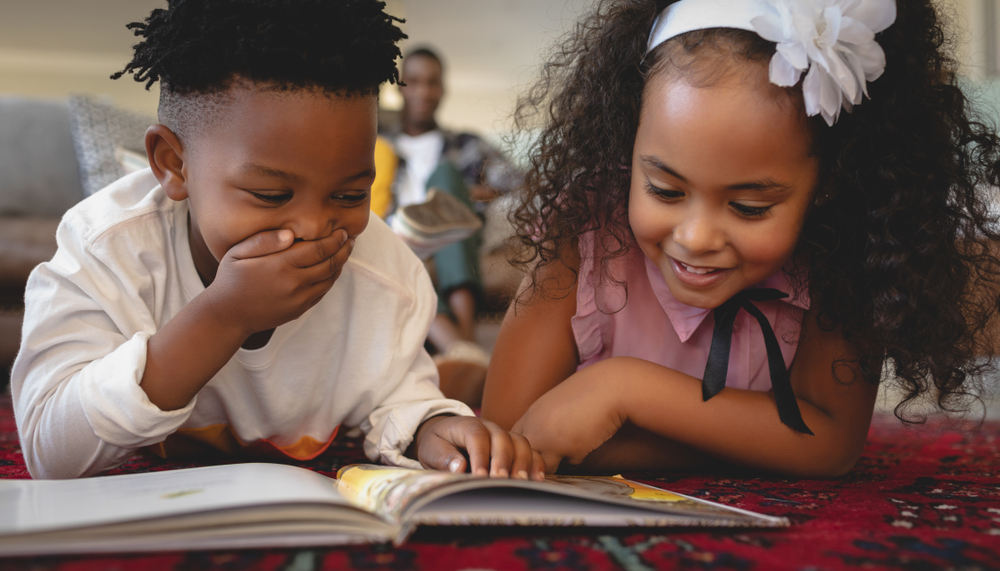Following instructions Building Vocabulary Worksheets for Ages 4-7
15 filtered results
-
From - To
Enhance your child’s learning experience with our "Following Instructions Building Vocabulary Worksheets" designed specifically for ages 4-7. These engaging worksheets not only focus on improving vocabulary but also develop crucial skills in understanding and following directions. Young learners will enjoy fun activities that encourage them to read instructions carefully and apply them accurately. With a range of colorful illustrations and interactive tasks, these worksheets make learning exciting and effective. Watch your child's confidence grow as they master new words and phrases while sharpening their listening and comprehension skills. Perfect for homeschooling and classroom use, our worksheets are a delightful way to foster literacy!


Red and Blue Coloring Fun Worksheet


More Octopus Facts Worksheet


Colors: Assessment 2 Worksheet
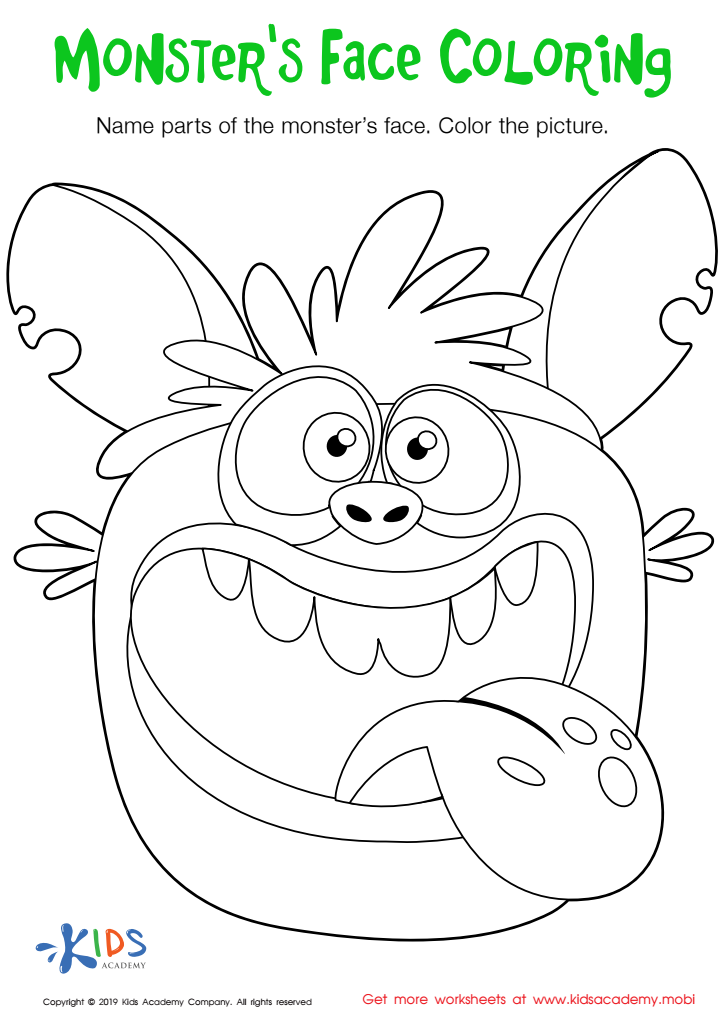

Monster's Face Coloring Worksheet


Which Is It? Worksheet


Red and Green Worksheet


Assessment: Aquarium Sign Worksheet
For children aged 4-7, following instructions and building vocabulary are fundamental skills that lay the groundwork for future learning and development. When young learners understand how to follow instructions, they cultivate essential listening and comprehension skills. This ability helps them navigate not only classroom settings but also everyday situations, fostering independence and confidence in their choices. Adhering to directions also aids in developing critical thinking, as children learn to analyze and execute tasks step-by-step.
Simultaneously, building vocabulary at this stage is crucial for language development and communication. A rich vocabulary enhances children's ability to express their thoughts, emotions, and ideas effectively. It also equips them to better understand stories, instructions, and social interactions, thereby improving their overall literacy skills. As they encounter new words, children become more engaged in learning, leading to a love of reading that can last a lifetime.
Together, these skills create a solid foundation for academic success, social interaction, and emotional expression. Parents and teachers should prioritize these areas to ensure that children develop the tools they need to succeed both in school and in life. Encouraging a focus on following instructions and expanding vocabulary ultimately fosters a well-rounded and competent child.

 Assign to My Students
Assign to My Students
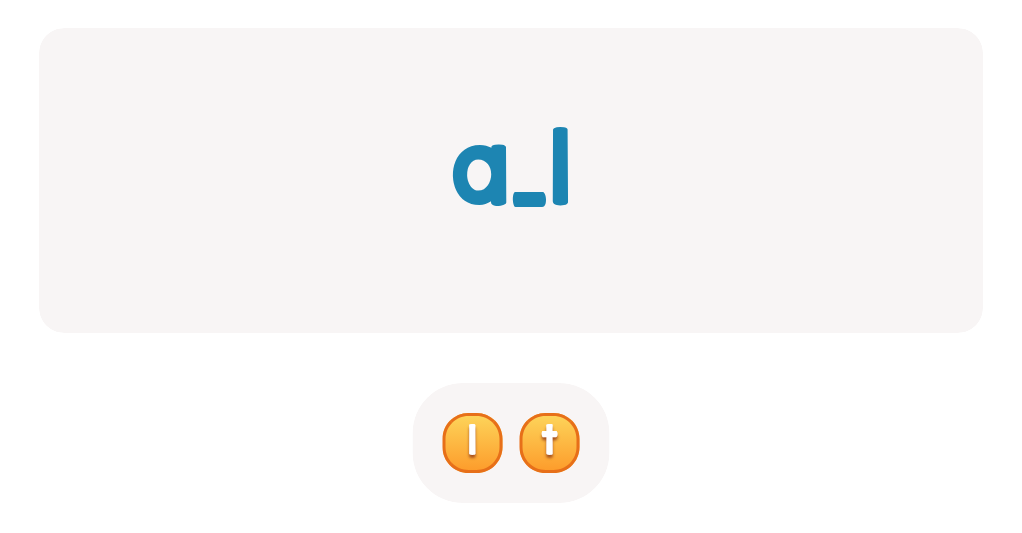


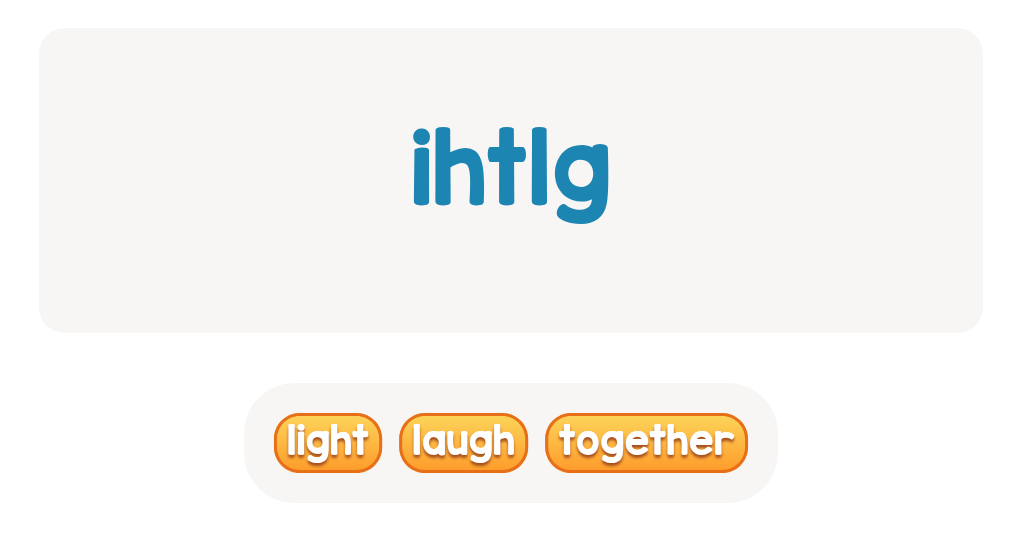








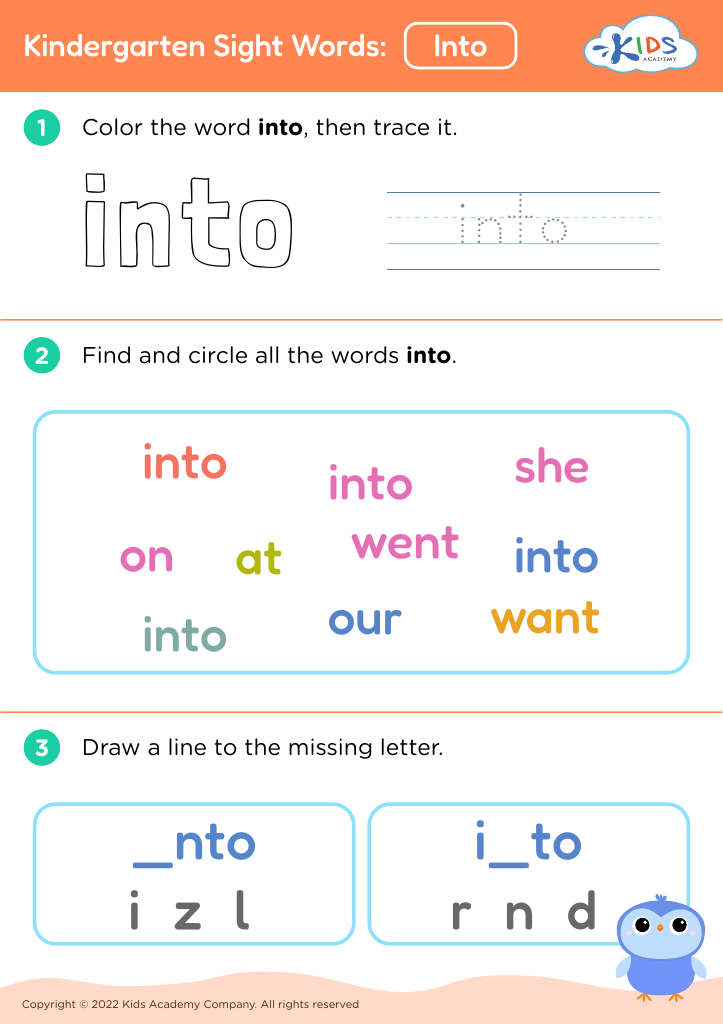













.jpg)


